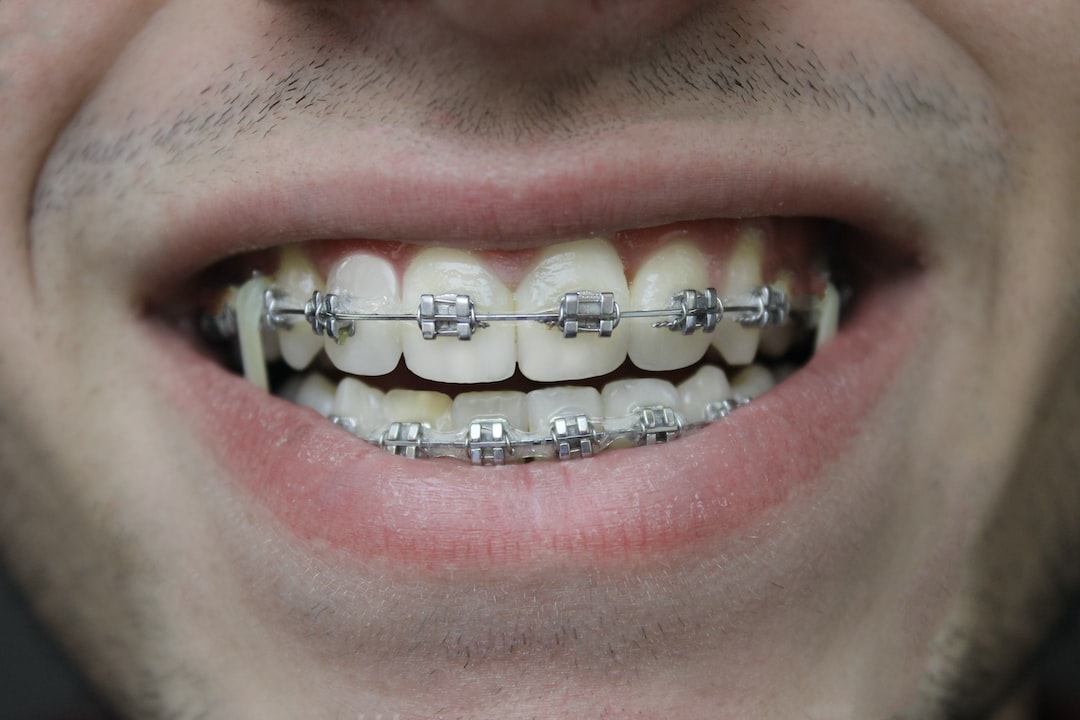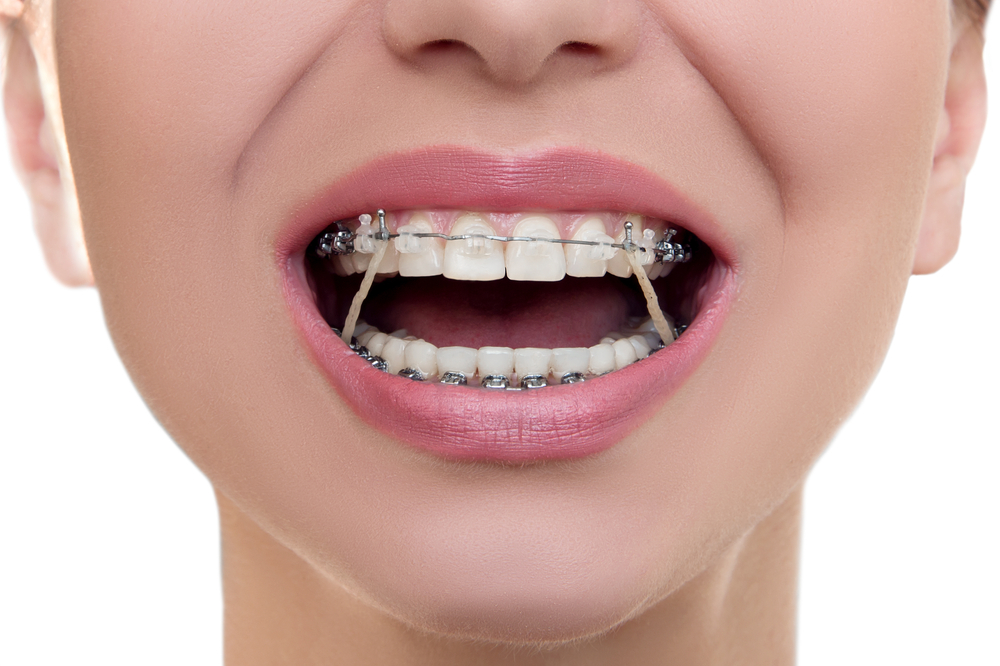Comprehensive Overview to Orthodontics Treatments for Fixing Dental Misalignments
Comprehending the ins and outs of each treatment, including their systems, benefits, and potential downsides, is crucial in making notified decisions concerning one's orthodontic therapy. As we navigate through the thorough overview to orthodontic treatments for correcting dental imbalances, the detailed details of each technique will certainly unravel, losing light on the course towards a harmonious and useful oral positioning.
Orthodontic Procedures Summary

In addition to standard dental braces and clear aligners, orthodontists may also suggest other interventions like headgear, palatal expanders, or retainers to attend to certain placement issues (aligners). These treatments are tailored to each client's special demands and may entail a combination of treatments to accomplish the desired outcomes. Normal changes and tracking are vital parts of orthodontic therapy to make sure development gets on track and to make any required adjustments along the means. By undertaking orthodontic treatments, individuals can not only accomplish a straighter smile yet additionally enhance their overall dental wellness and function.
Conventional Braces: Just How They Function
When thinking about orthodontic therapies for oral misalignments, traditional braces stand out as a tried and true approach for remedying teeth positioning. Traditional dental braces are composed of braces, cords, and bands that work together to use continual pressure on the teeth, slowly relocating them right into the desired placement.
One secret facet of how standard dental braces job is the procedure of bone improvement. As pressure is put on the teeth through the braces, the bone surrounding the teeth is reshaped to sustain the new tooth positions. This renovation is essential for the long-lasting security of the fixed positioning. Patients will require regular changes at the orthodontist's workplace to make certain the dental braces remain to apply the proper pressure for effective teeth activity.
Unnoticeable Aligners: Disadvantages and pros
These clear, tailor-made trays are practically unnoticeable when put on, making them an appealing option for individuals looking for a much more cosmetically pleasing orthodontic treatment. Patients can get rid of the aligners prior to eating or brushing their teeth, minimizing the risk of food getting stuck in the device and simplifying the cleansing process.

Surgical Orthodontic Options
Surgical interventions in orthodontics present practical alternatives for resolving complex dental imbalances that may not be efficiently dealt with with traditional orthodontic treatments. While standard braces and unnoticeable aligners can correct many orthodontic concerns, specific cases need surgical intervention to attain optimal outcomes. Surgical orthodontic alternatives are typically recommended for severe malocclusions, substantial jaw inconsistencies, and instances where the underlying bone framework needs adjustment to attain proper positioning.
One usual surgical orthodontic treatment is orthognathic surgical treatment, which involves rearranging the jaws to correct useful problems such as trouble speaking or chewing. This surgical procedure is usually done in collaboration with an orthodontist that aids align the teeth prior to and after the treatment. Surgical orthodontics may additionally include treatments to reveal influenced teeth, eliminate excess gum cells, or improve the jawbone to develop a much more harmonious facial profile.
Prior to taking into consideration medical orthodontic choices, individuals undertake a detailed analysis to figure out the need and prospective benefits of such interventions. cumming aligners. While surgery may seem overwhelming, it can considerably boost both the feature and aesthetics of the smile in cases where standard orthodontic therapies drop short
Retainers and Post-Treatment Treatment

Failing to conform with post-treatment treatment directions can result in regression, where the teeth slowly relocate back towards their initial positions. Consistent retainer wear, excellent oral health, and routine oral check-ups are crucial for preserving wisdom teeth the outcomes achieved with orthodontic surgical procedure and making sure the long-lasting security of the remedied oral informative post alignment.
Final Thought
Finally, orthodontic procedures supply various alternatives for fixing oral misalignments. Typical braces utilize metal braces and cords to move teeth into appropriate placement. Undetectable aligners provide a more discreet option however might not be ideal for all cases. Surgical orthodontic choices are offered for extra severe misalignments. Retainers are frequently used post-treatment to maintain the new positioning. Generally, orthodontic treatments can properly improve dental health and aesthetic look.
As we browse via the thorough overview to orthodontic treatments for remedying dental misalignments, the elaborate details of each method will unravel, dropping light on the path toward a harmonious and useful dental positioning. - invisalign
One of the most common orthodontic therapies is the use of braces, which consist of steel brackets and wires that use gentle pressure to progressively shift teeth into the wanted setting.When thinking about orthodontic treatments for oral imbalances, conventional braces stand out as a reliable technique for fixing teeth placing. In addition, unnoticeable aligners may not be additional hints suitable for intricate orthodontic problems that require even more significant teeth activity, as they are normally recommended for light to moderate instances. Retainers are personalized orthodontic gadgets made to hold teeth in their remedied positions after the conclusion of orthodontic treatment.